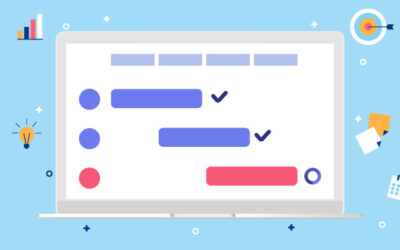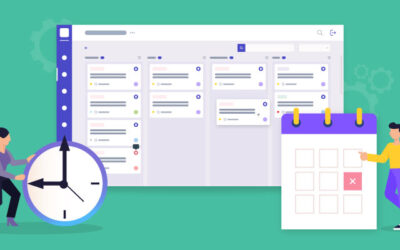Project Cost Management: How to Manage Your Budget
Every successful project starts with a struggle story—the struggle to put our thoughts into action or finding the right time to start. But the struggle that tears our determination is finding the ideal way to manage our budget.
With nothing in hand, you might end up taking hesitant steps towards your goal. But that is not the right approach. Efficient project cost management needs time, planning, precision, and, most importantly, skills.
How do you get there? Well, if you are a beginner, you’ll find yourself stressing more about project cost management. But if you decode the secret to a satisfying budget, then you’ll get closer to your goal.
The asset of planning out the cost management and framing the budget is that you become aware of what is important to your project. So before anything else, jot down the list of resources and estimate its cost. By doing so, you get to:
- Improve on your choice of resources,
- Cut out unnecessary requirements,
- Measure the ups and downs of several plans you may have come up with to get the expected result.
With more clarity in how much you will have to invest, there will be nothing more to worry about. To help you out, here is a list of tricks for efficient project cost management.
Project Cost Management Techniques
1. Plan your resources
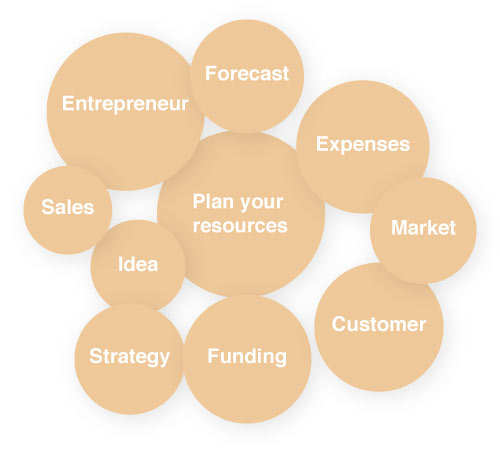
- Listing the resources that your project requires,
- Prioritizing the requirements,
- Establishing a clear idea of the quantity and quality of resources, you will need.
These form a baseline for the rest of your cost management plan. It may include the various categories of resources that you will need. (Physical, human, technical resources). Listing them out, you will definitely need to rank them based on what your project aims at achieving.
With all that done, you then need a rough yet practical idea of the necessities. Also, plan out how flexible you will be in deciding on the quality. Better quality, more expenditure.
If you are a newbie, you might find yourself lagging through the first steps. It takes time to consider future needs and cost management with everything else. Resource Breakdown Structure (RBS) is an innovative way of handling this issue. It helps you to:
- Explore various necessities important for the project in the long run
- Estimate the required fund
- Allows easy verification considering ‘who will be utilizing it while running the project
2. Rating the resource
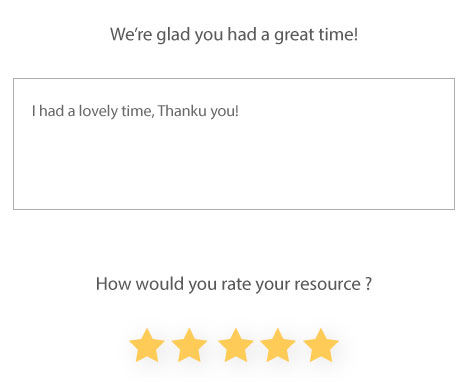
Next up is cost estimation. If satisfied with the detailed planning, look for convenient rates for resources. Apply a variety of techniques that helps you impress and meet the Stakeholder’s demands. Anticipating his or her expectations is a smart way to avoid future issues.
Coming into the various cost estimation techniques, it might seem vital to go through a complex process for perfect cost management.
Many projects use some cool techniques for cost estimation. Here are a few;
- Early estimation: a convenient and quick method. In this method, you can roughly estimate the cost for a particular resource or a process at the initial planning time. This way, we get the general expenditure structure rather than going through the entire plan once again.
- Factor estimation technique: This is an important method which uses reference resource with a known cost. This reference can frame the cost for your utility.
- Bottom-up estimation: Start with the baseline of your project. After assigning the cost for the basics, you may move up to the other levels. This an efficient method and assures you of complete cost estimation.
- Risk-estimation: When covering the basics, we must also assign some of our funds to unknown risk factors. For this, prepare a list of potential risks (shortness of resources, incomplete plans, and other catastrophes).
- Parametric estimation: This is a mathematical approach and can provide an accurate estimate. It utilizes historical data and research on current trends.
These steps are also a way to find more details of errors or shortcomings in your project. Now, having agreed to the expenditures, let’s move on.
3. Framing the budget
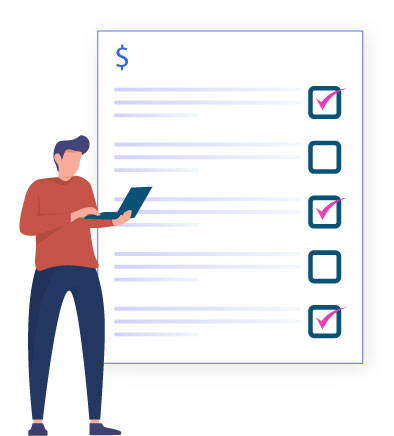
This step acts as criteria that will allow you to exercise the next step. Having a budget in mind and setting the course of the expenditures is the key point.
It might seem forceful to compromise with your budget after having estimated the costs. Yet, there is always a solution;
- You may have already categorized your resources. You can pick out the most important resource and the complete expenditure behind it. And then cancel out the not-so-pressing needs.
If this point seems difficult to practice, then here are some tips:
- Divide your entire project into short-term goals. And then pick out the goals that may not have a drastic effect on the final output of the project.
- Bring in innovative ideas that may replace certain necessities more cheaply. For example, using the latest marketing methods (that are cheaper). Or postponing training sessions for new employees and using digital pads to write on, rather than paper.
After having a precise sketch of all of the above, here is a list of innovative ways to control expenses.
4. Controlling expenses
Production cost: The important point that stands out among all other ways of cost management. Opt for innovative methods to bring out the best of your resources.
Let’s take human resources, for instance.
- Have an accurate estimate of the number of employees required.
- Consider talent and skill for future use.
- Consider employing a freelancer for temporary goals.
- Give a relevant amount of work hours and free hours.
If we consider the material and other costs;
- It is better to cut the direct cost of raw materials. This helps us work on other production-related expenses.
- Transportation costs can be reduced with various methods. Reducing the distance to your workplace is a good measure. Settle near your workplace.
- Electricity bills can be reduced with strict measures during work hours. For example, working in open spaces is a good way to reduce electricity use. Also, recent studies have shown how convenient it is over closed spaces.
- Avoid overhead production costs. For instance, omit unnecessary customizations of products that don’t influence customers. (for example, the current trend focuses more on simplicity.
- Make sure to reduce damages beforehand, thereby cutting maintenance costs.
Be innovative. In technology, it is never impossible to implement fast, efficient, and useful methods for handling data, running processes, precise analogy, and much more. Always be aware of the latest trends in technology, and maximize its use.
- Use AI for data handling
- Design software that can match your needs.
- Use online marketing to the maximum (Twitter, Instagram, Facebook)
- Customer interaction is more convenient.
- Plenty of websites that assist you in project cost management are available.
This will contribute immensely towards cost management.
- Be resourceful: Using less paper in your work area and switching to typing can bring out a huge difference. The cost of paper, pens, etc., is all out of the list. You need to think smart and count every small detail if you need results.
- Be focused: The time we spend in planning and preparing has a role in cost management. And if every individual on your team aspires to work efficiently, avoiding distractions, then won’t it pay off?
- Be efficient: Make decisions logically, and consider discussing with every member for a better result. Avoid delays due to arguments and wrong choices. In order to reduce such situations, you must secure a neat and efficient control system. Organize meetings frequently and allow free interactions among everyone.
Conclusion
These ways of project cost management are sure to boost your success rate and help manage the costs in the future. Connect with our team at PeppyBiz and test our project management software to increase productivity. The current trends of start-up projects’ success depend on efficient cost management systems and improvising them constantly. With time, you will get there. Good luck!


